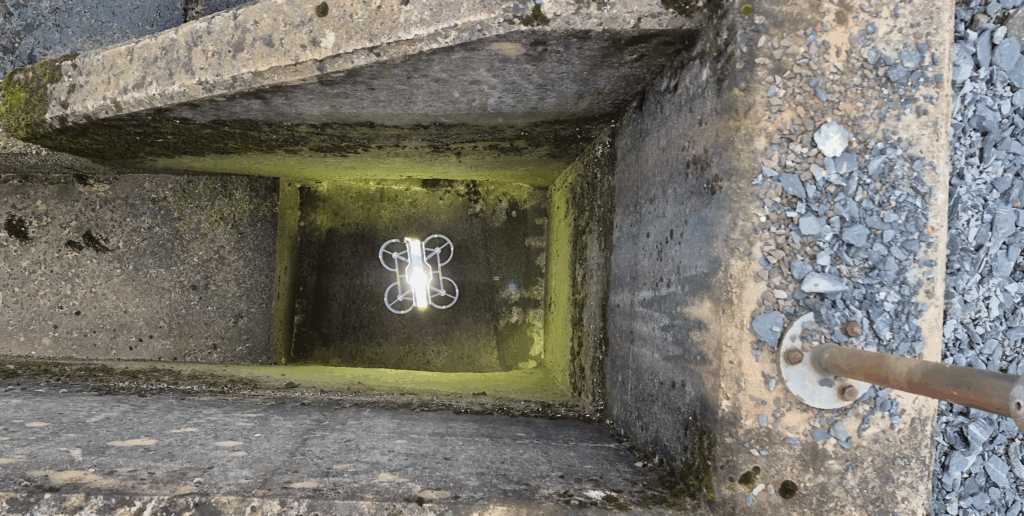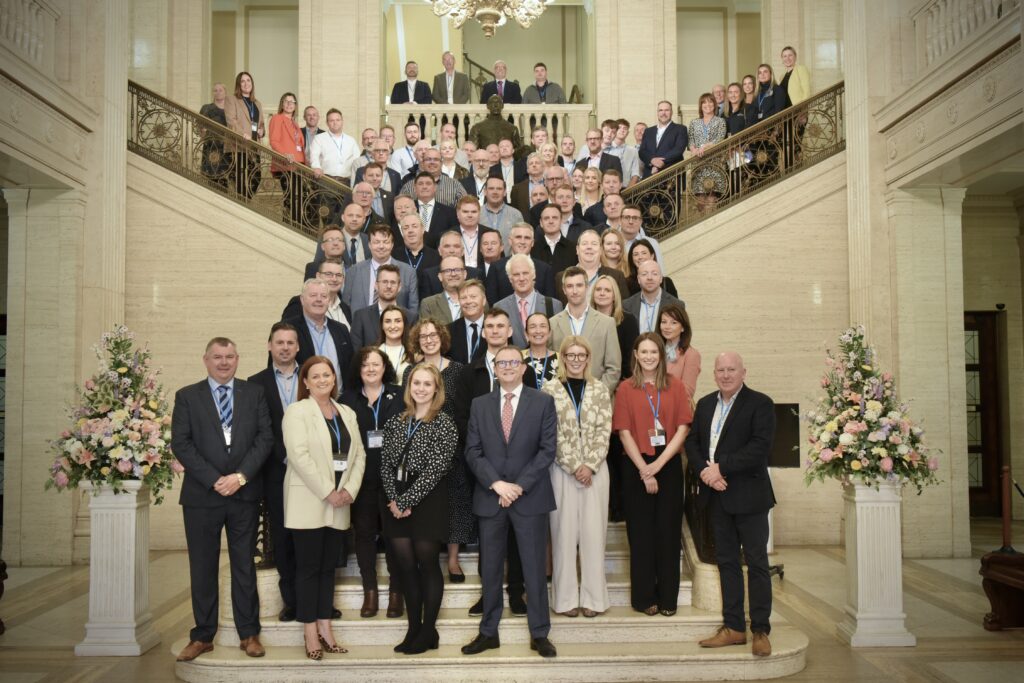Definition
The origins of the word “Drone” come from the biological world, where it described the male bee, before expanding to denote monotonous sounds and repetitive labour. Today, the term is most associated with modern Unmanned Aerial Vehicles (UAVs).
The Mirriam-Webster Dictionary definition of Drone is:
Noun:
- Biology: A stingless male bee whose primary role is to mate with the queen.
- Informal: A person engaged in monotonous, routine, or menial work.
- Sound: A continuous, low, monotonous sound.
- Music: A sustained tone or tones forming a harmonic foundation, as in bagpipes or other instruments.
Verb:
- To produce a continuous low humming sound.
- To speak in a dull, monotonous tone.
- To act or proceed in a slow, listless, or indifferent manner.
The word drone traces back to Old English drān, meaning “male bee,” a sense that persisted from before the 12th century. This biological origin influenced early figurative uses: by the 1500s, drone described a continuous humming sound, imitative of the bee’s buzz, and soon after, the bass pipe of a bagpipe. Around the same period, it gained a metaphorical meaning of an idler or lazy worker, reflecting the drone bee’s lack of honey making duties.
By the 16th and 17th centuries, the verb to drone emerged, meaning to speak in a dull tone. Droning on and on….
The first Unmanned Aerial Vehicles
In 1849 The Austrian Empire was besieging Venice. They launched over 200 balloons each equipped with bombs. At least one bomb landed in the city, but many drifted in shifting winds. Some drifted back to the Austrian balloon launching ship. Successful or not this incident may mark the beginning of use of Unmanned Aerial Vehicles (UAVs) in Warfare.
In World War One British engineers developed radio controlled pilotless aircraft to act as an aerial target for anti-aircraft gunnery.

Also, in 1917, in the USA, Elmer Sperry and Peter Hewitt developed a flying bomb. It featured a Sperry Gyroscope and an early autopilot system. It could climb to a preset altitude, fly a preset course, travel a set distance and drop bombs on an estimated position. It was not accurate enough to hit a ship, but worth noting that hitting a ship from a piloted aircraft in 1917 was not easy either.
Kálmán Tihanyi, a Hungarian physicist working in Britain in 1929, brought forward the idea of a camera onboard a UAV.
The de Havilland Aircraft Company in Britain in 1935 developed a target plane called Queen Bee for anti-aircraft gunnery practice. The ground side radio control console featured a telephone dial. The operator would dial 6 to turn left, 7 to turn right, etc. This had considerable feedback latency built in. Nonetheless it worked very well and over 400 Queen Bee units were made. Queen Bee flight operators started to use the term Drone as a nickname for the craft. Perhaps they called it a drone because it was so monotonous to dial in the commands? Soon the term drone became synonymous with UAVs and it is that nickname that gives us the modern meaning of the word “Drone”.
In the USA the Radioplane company were the first to mass produce a drone. The OQ-3 was another anti-aircraft gunnery target drone with 9,400 units manufactured. Norma Jean Mortenson was working on the production line in 1944. She was photographed by an army photographer seeking to promote the idea of women working in the war effort. She later left the Drone factory to make a major contribution as an actor and model. Marilyn Monroe’s contribution to the history of Drones was more modest but not zero.

Norma Jeane Mortenson (Marilyn Monroe) working at the Radioplane factory in 1944. (Photo by David Conover). Rights: Public Domain.
Use of the word Drone today

Google N-grams of the word Drones, showing a sharp increase in about 2002.
There was a massive jump in the use of the word Drone in 2002. It is now part of daily language. For many Drones are a fun hobby or a cool fast food delivery system. For some, Drones are a lifesaving search and rescue device and for others Drones are a living nightmare.
In Subterranean Software we are working on our contribution to the continued story of Drone development. We are developing drone software to fly in the challenging environment of drains and sewers. Please stay tuned to this blog and follow our developmental story as we press forward.
30/09/25, AH & JMH


